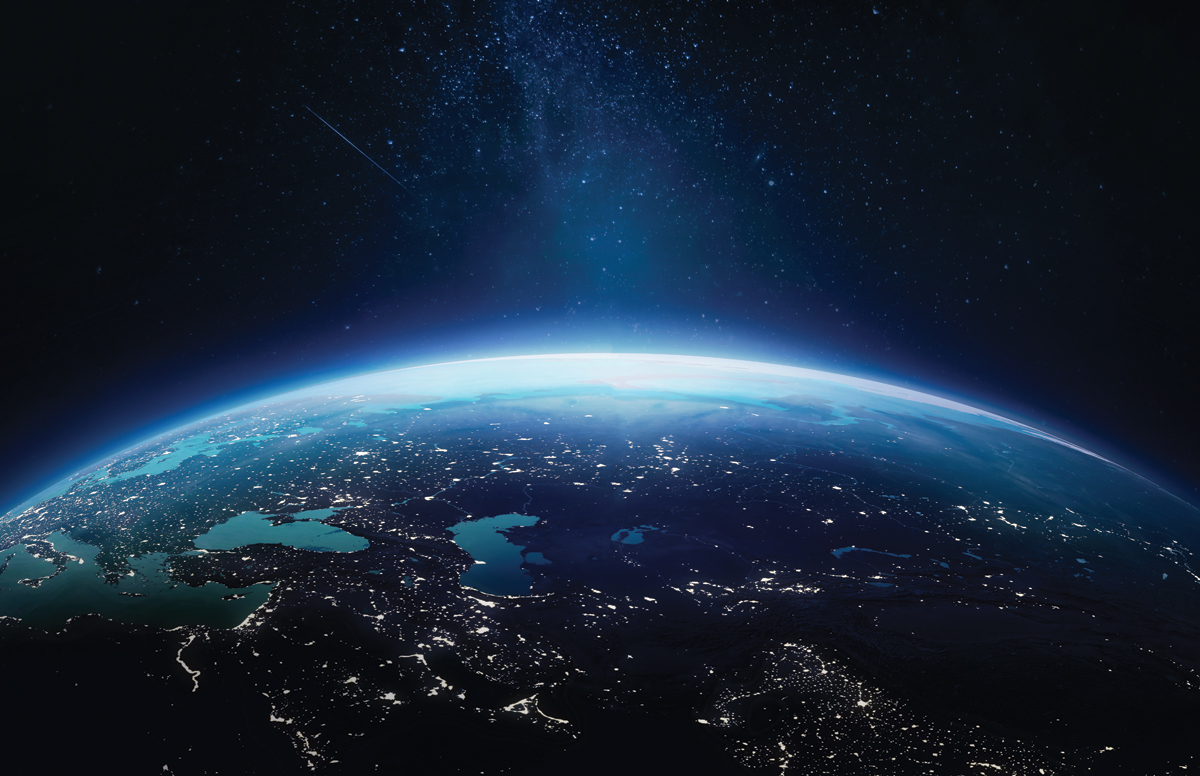When you think about satellites or NASA, you probably think about the universe, black holes, planets, and galaxies far away. But when NASA’s new project, MAIA, is launched in collaboration with the Italian Space Agency next year it will be pointed towards us on Mother Earth and the pollution we have created.
The mission of the Multi-Angle Imager for Aerosols (MAIA) is to explore the extent of particle pollution, sometimes known as smog.
“This is breaking new ground,” said David Diner, who is based at JPL and is NASA’s principal investigator for MAIA. Diner believes MAIA will give policy makers and scientists who study the health effects of particle pollution new tools that will help society breathe easier. “If we can determine which components (of PM) are more harmful than others, then you start to learn ways to help public health, by going after those particles that are more harmful than others,” Diner adds in an interview with Pasadena Star News.
It is not the first time that space agencies have looked down at Earth, nor is it the first time to gather pollution and climate data. It is, however, the first time NASA has worked very closely with epidemiologists right from the start of a project and it is the first time this type of instrument has been used to do so. MAIA has a new controllable camera that can look ahead, down and backwards, and uses 14 spectral bands to capture digital images at many angles of particle scattering by the sun’s rays at various shortwave frequencies.
“MAIA is a targetable instrument. It can look ahead, down, backward, etc.,” Diner says. MAIA’s 14 spectral bands can capture digital images of these tiny, aerosol particles scattered by the sun’s rays in the air we breathe at many different angles in the ultraviolet, visible, near infrared and the shortwave infrared portions of the electromagnetic spectrum. This method not only reveals particle mass but can identify what it is in the toxic particle soup we are breathing. When this information is linked to health impacts it can help us understand the relative toxicity of various air pollution sources, from tailpipes to dust storms.
NASA is partnering with the Italian space agency Agenzia Spaziale Italiana (ASI) to launch a rocket in 2024 that will carry MAIA and place it into the satellite PLATiNO-2 that will orbit the Earth. MAIA should operate for three years and will primarily target 11 cities: Los Angeles, Atlanta, Boston, Rome, Addis Ababa, Barcelona, Beijing, Johannesburg, New Delhi, Taipei, and Tel Aviv. For some of the countries, such as Ethiopia, it is a large leap in air pollution data, as monitoring has been scarce, US AID has also supported some ground monitoring of air quality. There will also be secondary targets such as Pakistan, which has some of the worst air pollution in the world, as well as scarce air pollution data. One epidemiologist on the MAIA project, Bart Ostro, from the University of California, Davis, has seen officials change their outlook on air pollution once they are presented with an analysis of local data. For example, in the 1990s, Ostro helped health researchers in Chile and Thailand determine that the particulate matter they were measuring was associated with a multitude of health effects.
“I was told later that [this research] had had a very important role in awakening scientists and politicians to the air pollution issue in these countries,” Ostro says. “Conducting studies in people’s own countries can really be a wake-up call.”
Ebba Malmqvist
JPL readies new orbiting observatory to study Earth’s worst kind of air pollution – Pasadena Star News
Breaking New Ground: Space Agencies and Epidemiologists Partner Up on Particulates | Environmental Health Perspectives | Vol. 131, No. 3 (nih.gov)































